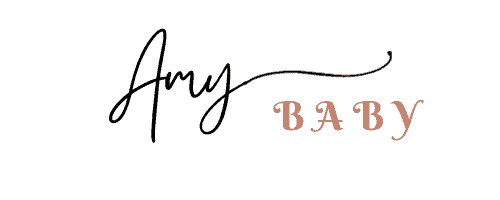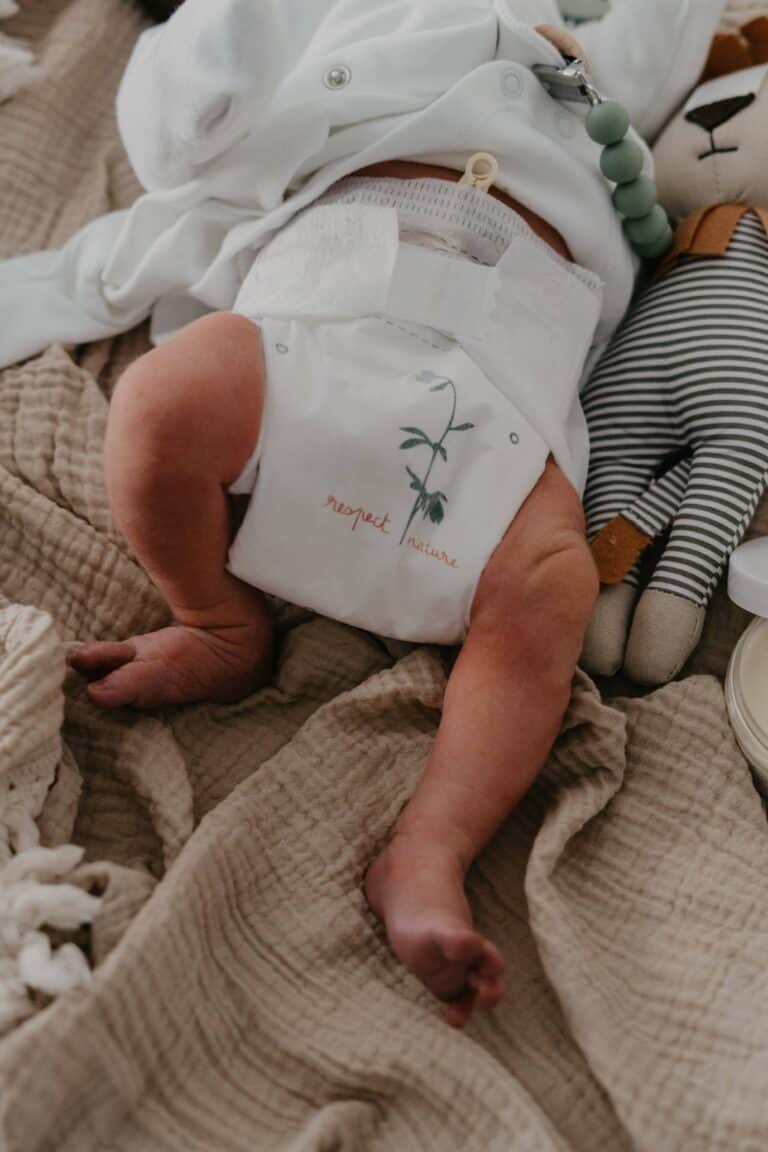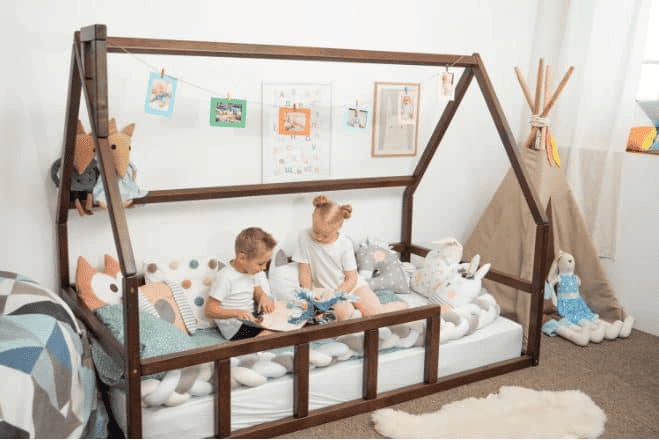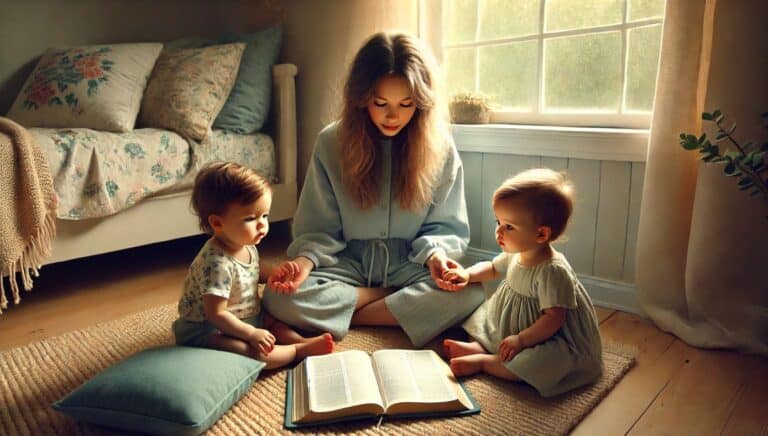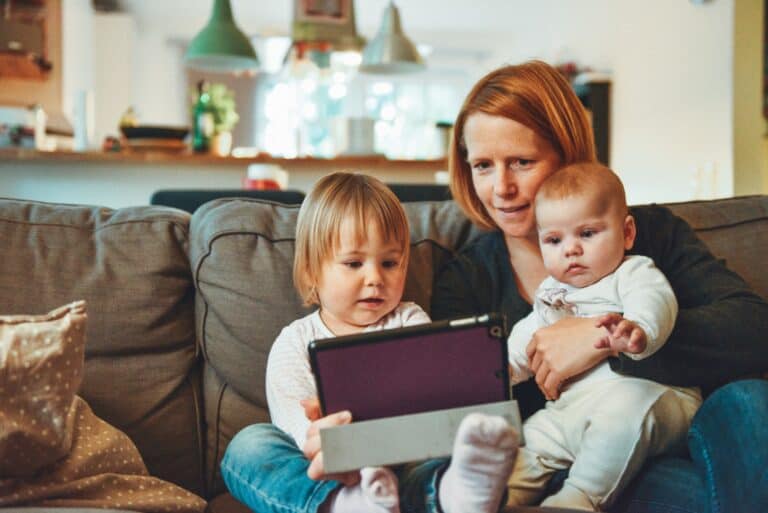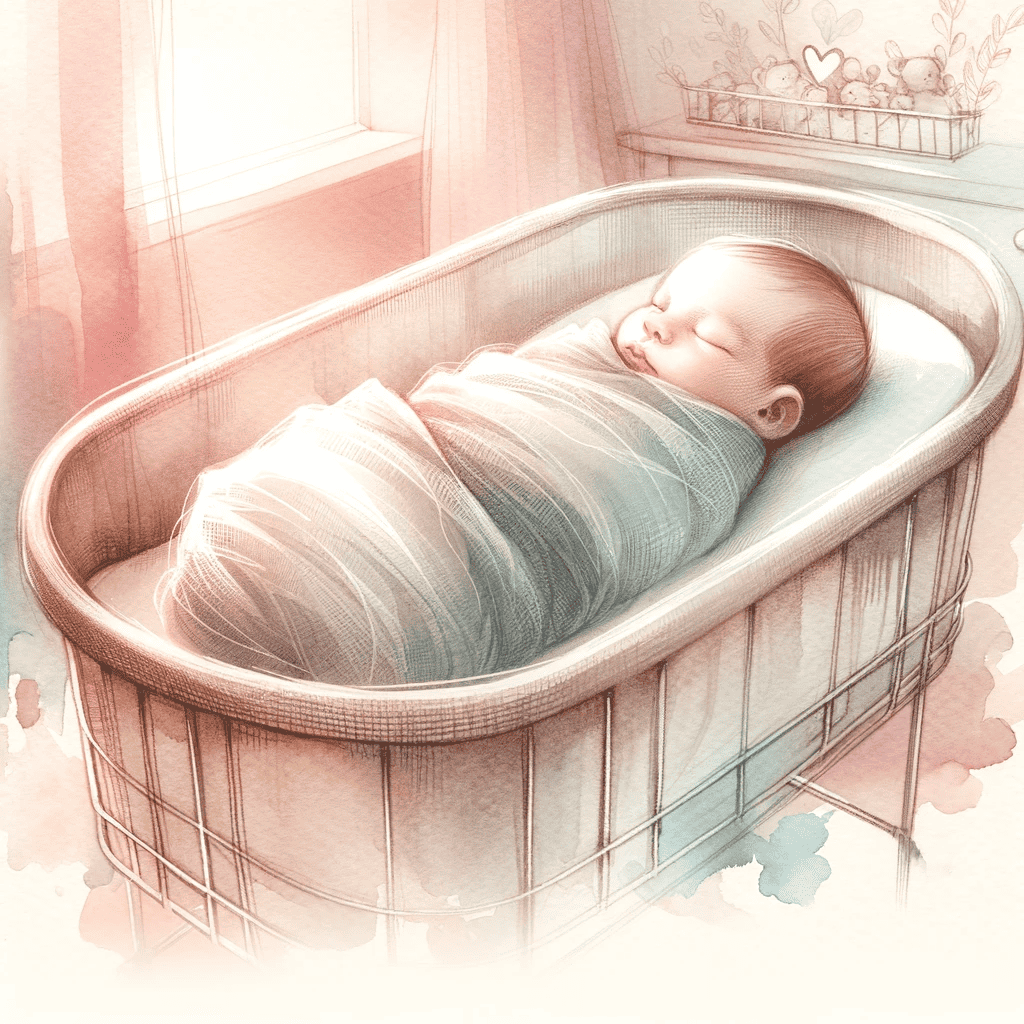
Step one, get baby safely back from hospital to your residence. Step two, put baby to sleep — but in what outfit?
I can remember getting home with my first, and this question immediately threw me for a loop — how to dress my baby for sleep?
Sleep is necessary for young infants (and a precious commodity for new parents), the right clothing can make the difference between a good night’s sleep and a restless one.
Let’s unlock the secret of cozy, safe, sleepwear for your precious little newborn.
Key Takeaways on How to Dress Baby for Sleep
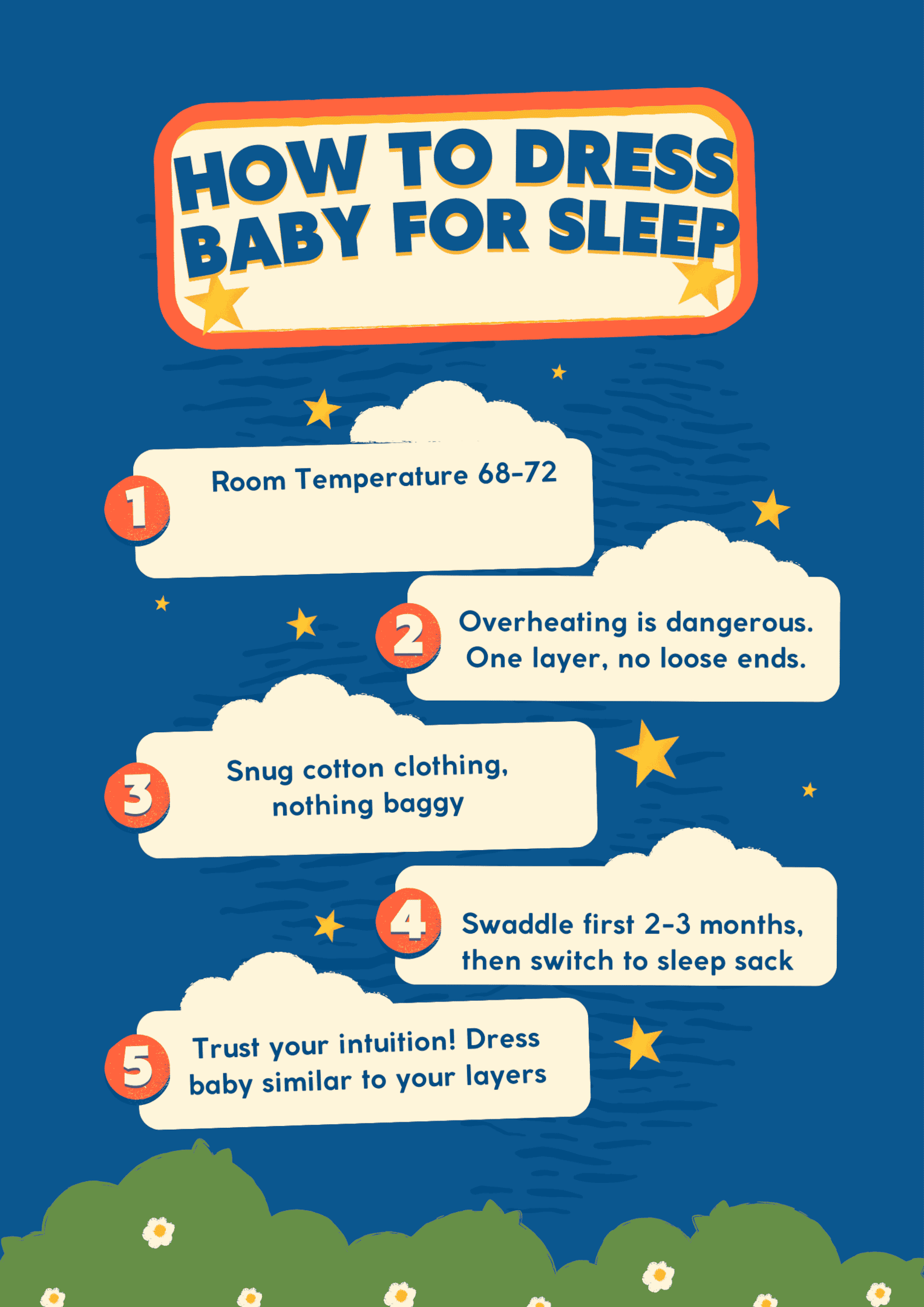
Comfortable temperature for baby sleep should be around 70 degrees Fahrenheit. If anything, error on the side of cooler as overheating can lead to serious health concerns.
Your child’s sleepwear should fit snug and be made out of a breathable material. Basic rule of thumb is to swaddle for the first couple months, than switch to a sleep sack.
Room Temperature and Baby’s Comfort
Your baby’s clothing is going to depend on the temperature of the room. Duh right?
The natural warmth or coolness of your home will obviously play a role in how you should dress your baby. Different temperatures are going to affect your baby’s sleep environment.
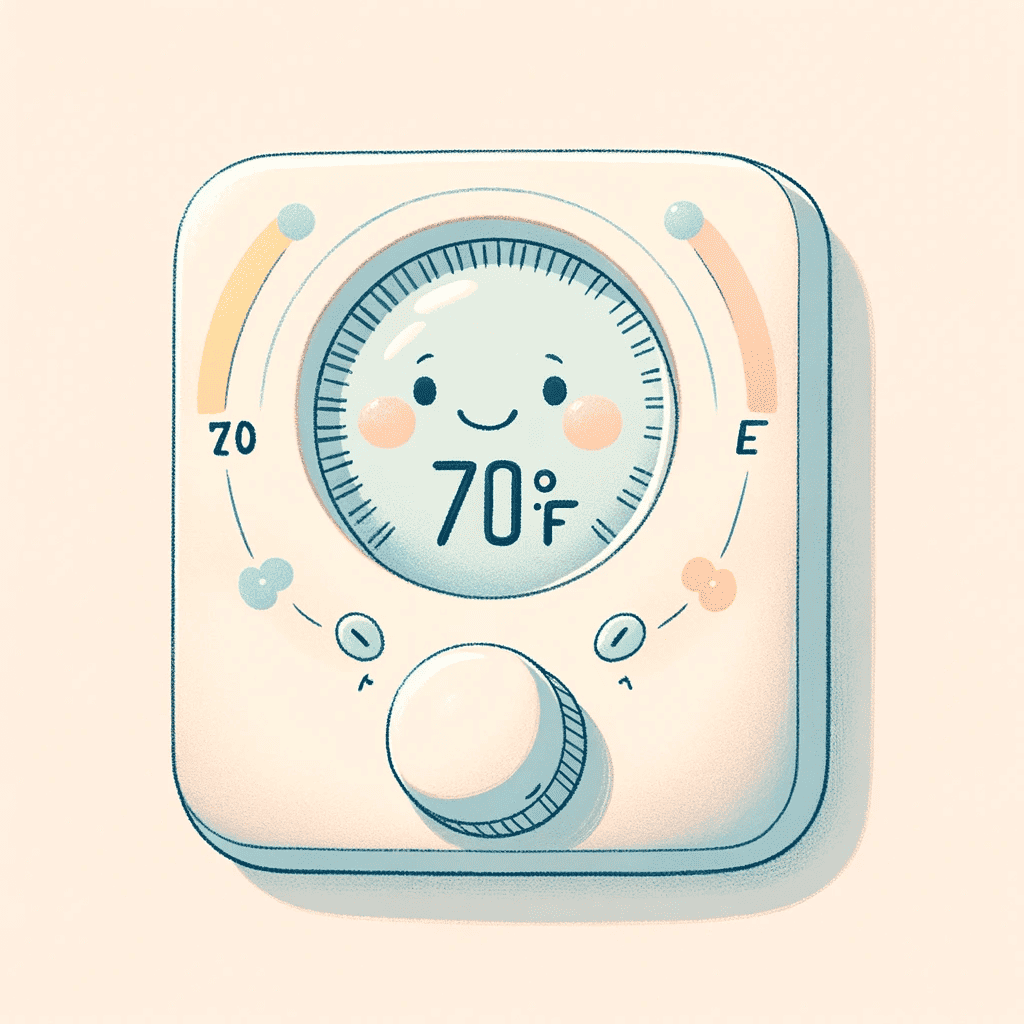
According to the Sleep Foundation, the ideal temperature for sleeping babies is between 68-72 degrees.
That’s not to say your baby can’t sleep fine outside this range, perhaps an additional layer in colder settings, lightweight clothing on warm nights — this is just a good recommendation.
If your place runs cold, you can always consider a space heater. As my baby moved out of the bassinet and into her own crib, I found the oil filled radiator heaters to be my favorite — less ‘air blowing’ around the room, just a nice constant heat source.
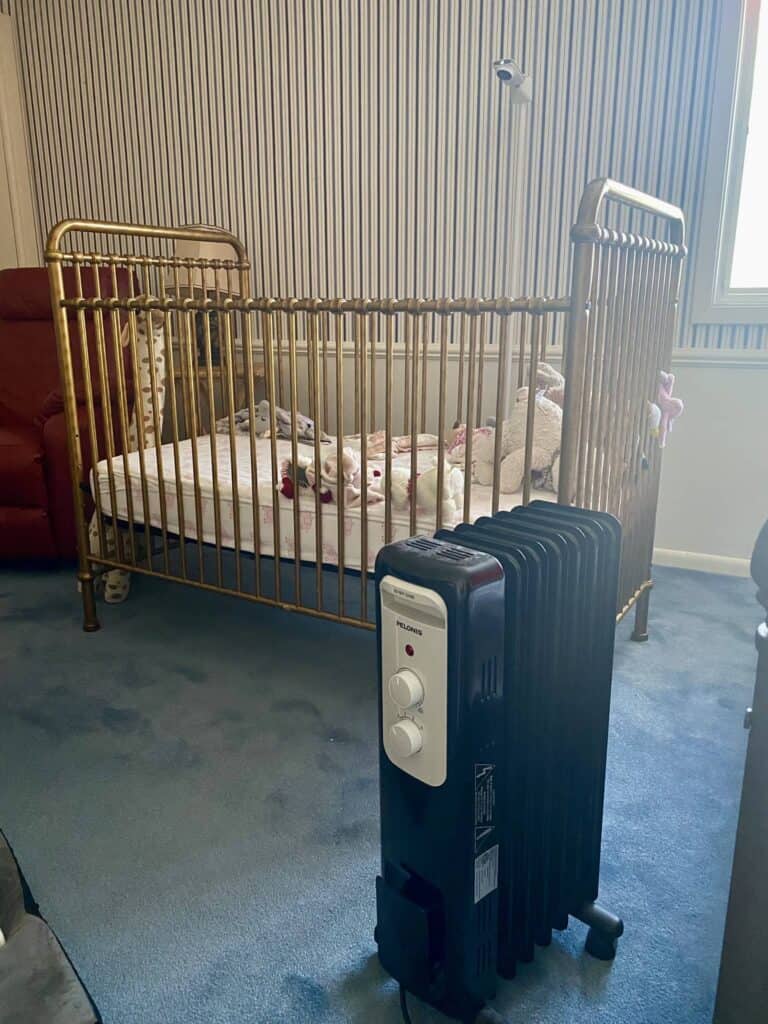
Always choose your baby’s clothes and determine how many layers according to the room, not the weather outside.
Basic Dressing Guidelines
A simple rule: Dress your baby similar to how you’re dressed, perhaps one extra layer. Especially if you’re still sleeping in the same room as your baby, think about your own sleep clothing and compare.
If you feel comfortable wearing a t shirt under a thin blanket, your baby is probably fine in a shirt and lightweight swaddle.
If you’re struggling to stay warm in long sleeve pajamas under multiple blankets, dress your baby in footie pajamas and a wearable blanket.
Once you’re baby’s crib is in a separate room, take that into consideration. My bedroom is over the kitchen while my baby’s room is over the garage, and tends to feel cold.
I also like to use a few different sources to gauge temperature — don’t just rely on your thermostat, or assume your baby monitor is spot on. Smart phones have some pretty good room temperature thermometer apps.
Bottom line, don’t overthink it, use your best judgment and trust your intuition.
I recall night one with my first, frantically waking my husband up at 3am — “Oh no, her feet are cold — don’t we have a hat in one of those gift bags from our registry? Didn’t she always have her cap on at the hospital?”
Baby’s hands or feet may feel cool, but a better judge of baby’s temperature can actually be found at their core. Try touching baby’s neck or tummy to get a good read.
Don’t freak out like me; touch a foot that’s sweaty and rush to strap a hat on your baby’s head.
Turns out putting a cap on baby is completely unnecessary, and potential dangerous. We all know those little hospital beanies are adorbs, but by time your little one is home with you it’s best to scrap the hat.
A head covering is NOT required baby wear. Young infants have adjusted to being out in the world and at this point are regulating their own body temperature — they need to be releasing heat through their noggins.
More than just the beanies you want to avoid bundling in general; overheating is a risk. Error on the side cold as overheating can be a risk factor for sudden infant death syndrome (SIDS).
Light, breathable fabrics work best to support safe infant sleep.
Choosing the Right Sleepwear
Opt for comfortable, snug-fitting sleepwear. A tight shirt or lightweight onesie when its hot, a warmer onesie in cooler settings.
For safety reasons don’t dress your baby in anything with stings or unsecured parts that can be hazardous.
Items I didn’t think of as risky at first were bibs and hoodies — it seems very plausible — baby starts eating and falls asleep at the table, is put down for a nap without ever having the bib removed.
In general, loose clothing is a no-no. Same goes for any soft objects such as stuffed animals.
I know it’s enticing to toss favorite new stuffy into the bassinet or crib, but baby needs to be at least a year old before bun bun and mr. bear can join the party.
All extras, including loose blankets and any bedding that doesn’t fit properly are the types of things that can lead to entrapment, suffocation, strangulation, and other sleep related infant deaths.
Try to avoid overheating and ensuring your baby isn’t getting too hot. Because of this, choosing sleepwear made of natural materials like cotton are best for baby’s skin.
On warm nights a newborn baby might sleep in one layer and a light muslin swaddle. In cold weather I may opt for a onesie and a different type of cotton swaddle or cotton bodysuit — something a bit heavier.
Swaddle vs. Sleep Sack: What’s Best for Your Baby
So what’s the difference here, should I be swaddling or sleepy sacking?
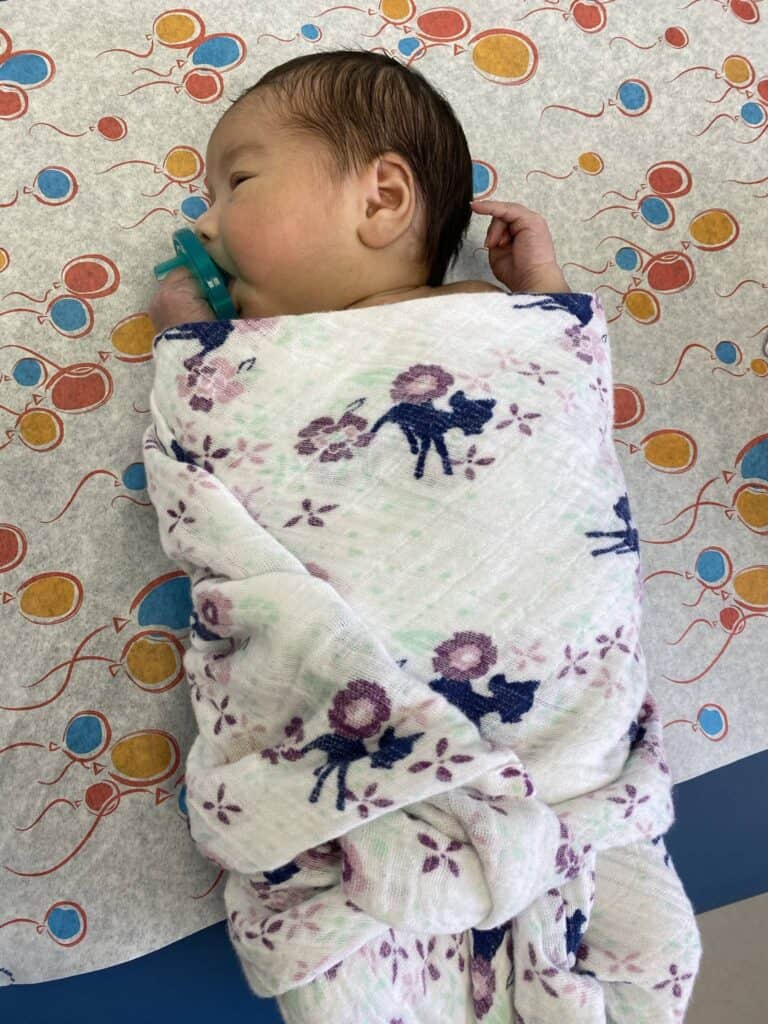
Swaddles are really for newborns — they keep baby’s legs super snug and help recreate that same environment they experienced in the womb.
But once baby can roll over you need to stop swaddling — the 8 week to 12 week range is a good time to make the switch.
Sleep sacks are safer for older, more mobile babies. They are like big wearable blankets designed to fit baby tight.
I’m not even going to lie, I’m in love with sleep sacks. I wrestled with the swaddling, especially with my boy. He became strong enough to kick and punch his way out after just a couple weeks, I could never get it right.
My son has no way to get his hands out. Baby also sleeps better with a good swaddle.

It was like watching a handcuffed magician unlock his restrains and escape. No matter how tight my folds were he would eventually bust loose.
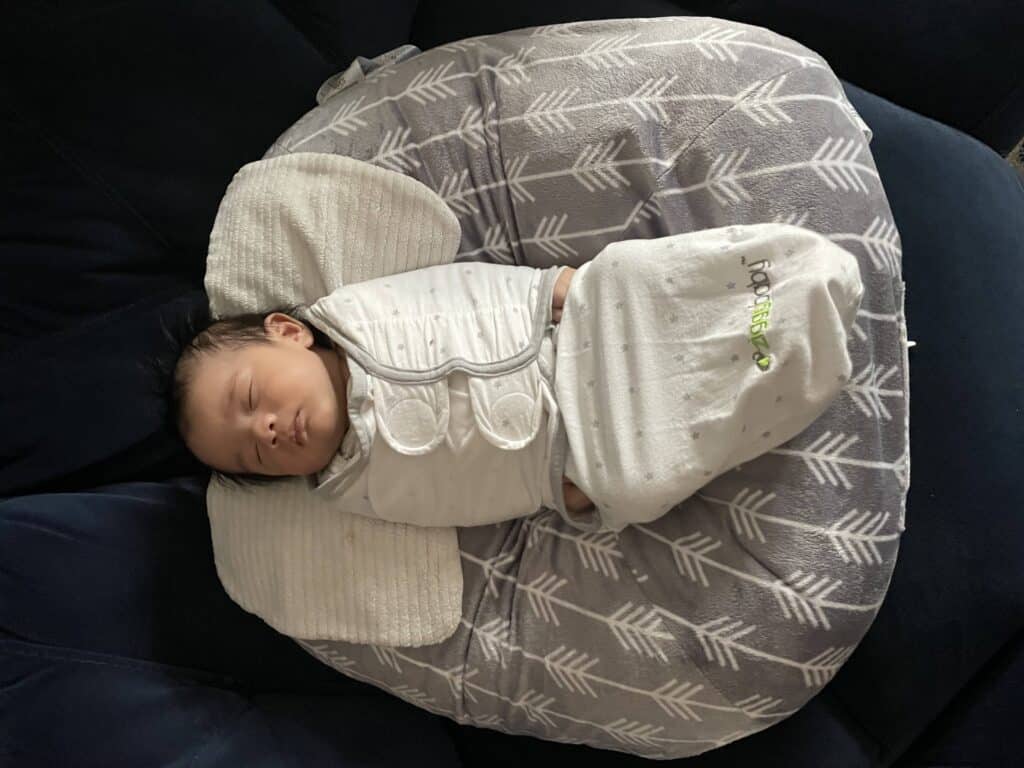
I find something called sleepsack swaddle is really easy to use before transition to sleep sack. It’s very easy to put on. 100% Fool proof!!!
Once baby starts to rollover, that’s a good sign to start sleep sack. The sleep sack is just a zipper and a couple buttons, bingo-bango done.
Babies might be rambunctious, but no 4 month old has the smarts to unzip and escape the sack.
After some testing, my absolute favorite brand is the Woolino sleep sack. A bit more expensive, but I believe worth every penny.
Most sleep sacks start right around that 2 or 3 month stage, and in my opinion it couldn’t come fast enough. Sometimes I wish they made these baby bodysuits for adults — it’s like a snuggie married a sleep pod type deal.
What it really comes down to is the development of baby, and which product is helping your baby sleep best.
If they are 3 months old but still sleeping like champs in the swaddle, why switch? Flipside, if they are like my youngest, kicking out of the swaddle at two weeks, dress baby in the sleep sack early.
Both sleeping accessories help babies feel secure but must be used correctly.
Special Considerations for Dressing a Baby for Sleep
Adjust sleepwear if your baby has a fever; less is more in this case.
Ensure nothing is covering baby’s head or face to avoid suffocation risks.
If you co sleep in the same bed, baby will run hot due to the body heat you give off along with possibly being under a blanket.
I don’t recommend doing this, neither did my pediatrician, as sleeping in bed with a newborn is very unsafe.
I do know of one friend in particular who swore by co sleeping — it seems certain cultures lean into this method as well.
Everyone’s entitled to their own opinion, but even she waited until her infant was one years old before sharing a bed.
FAQs
Can babies sleep with a pacifier?
Yes, although it’s recommended to wait until baby is trained on breastfeeding before presenting at night time.
You also should never leave a string or any other attachment on the pacifier as it is a potential strangling risk.
Be cognizant of any items in bassinet or crib that could potentially cover baby’s face.
What’s the best swaddle?
In my opinion there isn’t one — just load up on every freebie the hospital has to offer 🙂
What is the best baby sleep sack?
Woolino is an incredible brand — stays warm in the winter but breathable in those summer months.
Is it wrong for babies to sleep with a blanket?
Yes, typically you should wait until infant is at least 1 year old before allowing a blanket at bed time.
I would keep them in sleep sack as long as possible. Babies and even toddlers moves around crazy when they sleep.
They would kick of a blanket when they sleep too many times. With a sleep sack, you don’t have to worry they get cold in the middle of the night kicking off their blanket.
Be informed to make the best choices for babies comfort and safety.
Tips for New Parents
Keep it simple. How to dress a newborn for sleep differs from how you’re going to dress 6 month old babies.
Swaddle for the first couple months, then try a sleep sack (or better yet borrow one to give it a spin).
Avoid over bundling, safer to have baby a bit cold at night rather than too hot.
Focus on creating a safe sleep environment for your baby and keeping them comfortable.
Your intuition is a great guide in dressing babies for sleep. Trust your gut.
If something really feels off, never hesitate to call your pediatrician. The nurses and medical staff are there to help you — the reassurance they can provide on how your baby sleeps and if you’re doing things right can help put your mind at ease.
Conclusion
Dressing your baby for sleep shouldn’t be complicated. Little milestones like moving to crib or switching from swaddle to sack can involve some planning, but don’t overthink.
With these tips, your baby (and you) can have a safe, comfy night’s sleep.
Remember, the right sleepwear can make all the difference.
